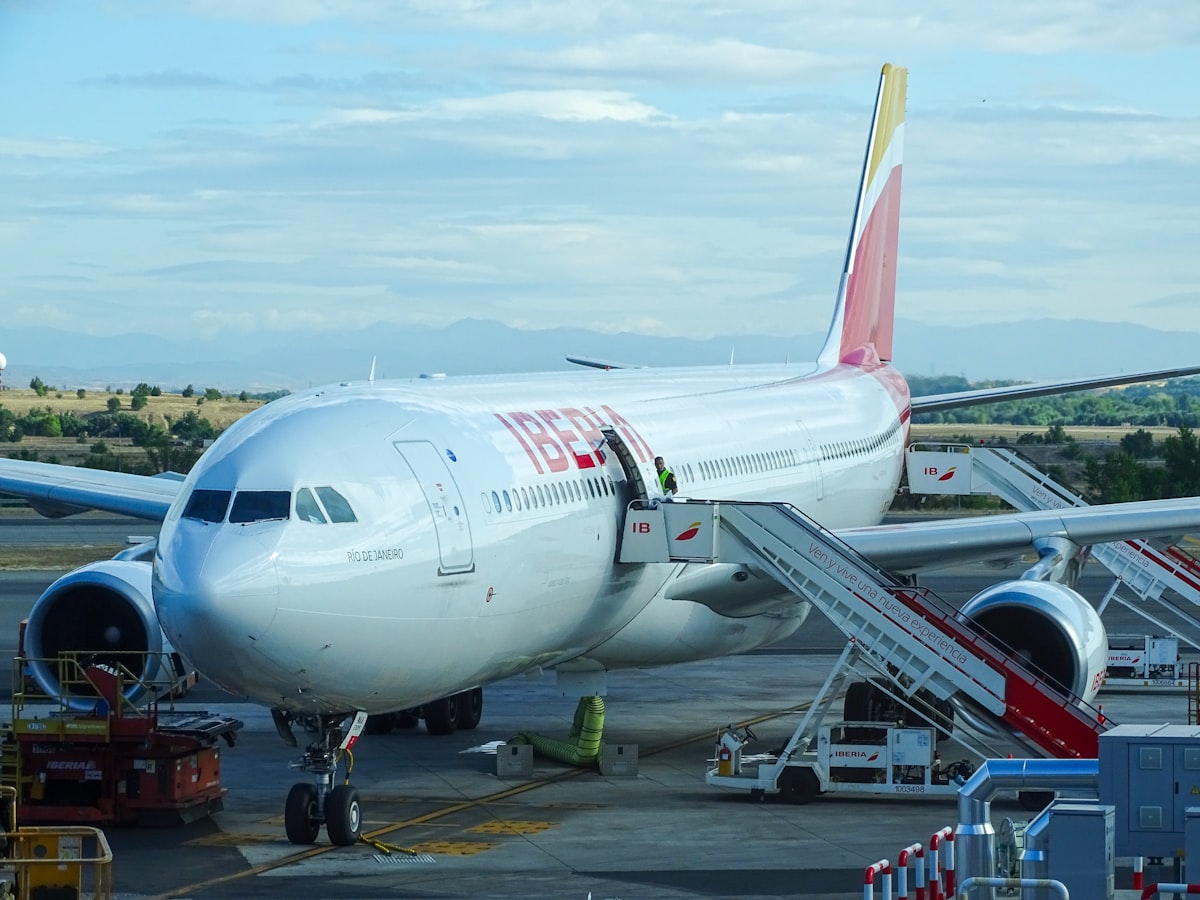Iberia will add 1,000 connections with America after buying Air Europa
Iberia has increased its range of flights to six Latin American countries (Brazil, Colombia, Ecuador, Mexico, Peru, and Uruguay).

Iberia took advantage of its great annual meeting with analysts and investors to take stock of the purchase of Air Europa for around 1 billion euros. An operation that will not only allow it to grow in the long-range but will also lead the holding of which it forms part, IAG, to lead the connections between Europe and Latin America, a position that it is close to losing to the thrust of Air France-KLM, which has been boosting its presence in the area for years and seeking alliances.
Thus, according to IAG data, the purchase of its main competitor in Barajas will increase its market share on routes between the two regions from 19% to 26%. The combination of both networks boosts their presence in the world and makes them reach more destinations, boosting Barajas as a hub. "Once we unite, we will be able to offer 1,000 new connections between Europe and America. We have a very complementary network as Air Europa flies to destinations that Iberia does not reach and vice versa", explain sources from the airline chaired by Luis Gallego to this newspaper.
For example, the Globalia company still has a route with Asunción (Paraguay) that connects with some 17 European destinations and 24 Spanish through Madrid airport, connections that will be multiplied by two including the routes that Iberia, Iberia Express, and Air Nostrum operate from Barajas. Thus, while Air Europa only flies to one destination in France (Paris), the Iberia group also flies to Lyon, Toulouse, and Bordeaux.
If you look at the New Continent, Iberia has a less tourist destination profile than Air Europa. For example, while IAG's company travels to Mexico City, Globalia's company travels to Cancun. In Brazil, Iberia connects Madrid with Rio de Janeiro while Air Europa arrives in Fortaleza, Recife or Salvador de Bahia. In the United States, history repeats itself, since the company that Javier Hidalgo bought only flies to two destinations.
The complementarity of the routes and the ability to strengthen the Madrid airfield as an international hub are two of the arguments that the airline IAG will use to defend the purchase of Air Europa before Competition, which has to give the go-ahead to an operation that raises questions about the control that the holding will have of the Spanish domestic market (66% of market share) and Barajas (58% of traffic). At this point, industry sources explain that Iberia will be forced to reduce frequencies on routes when the sum of both exceeds certain thresholds, but that it will not have to abandon routes, since that may threaten competition.
Another argument used by Iberia to defend the operation with Air Europa is that at the European level, the single market in which it competes with giants such as Lufthansa, growth is relative, and Barajas still can accommodate new airlines and more supply. This is not the case, for example, in Schiphol (Amsterdam), which will be saturated until 2020. "The Spanish market is very competitive and the incorporation of Air Europa is good for the Madrid hub, which will be able to improve its connections with Asia; for customers, who will have more destinations, timetables, and flexibility, and to protect employment", said Gallego.
IAG flies low
The holding company, which has explained that the integration will increase Iberia's size by 50% and IAG's by 10% in terms of traffic revenues, also took advantage of Capital Market Day to announce a reduction in growth forecasts and earnings per share. After a year in which it has revised its growth forecasts downwards on up to three occasions and in which it has been forced to launch a profit warning, the conglomerate announced an average growth in earnings per share of 10% per year for the 2020-2022 period, as opposed to the increase of 12% per year initially estimated, which reflects the lower planned capacity growth.
The holding company has decided to curb the rise in supply in the face of slowing demand and rising costs. Specifically, it expects to increase its capacity by 3.4% compared to the 6% forecast for 2019-2023.




